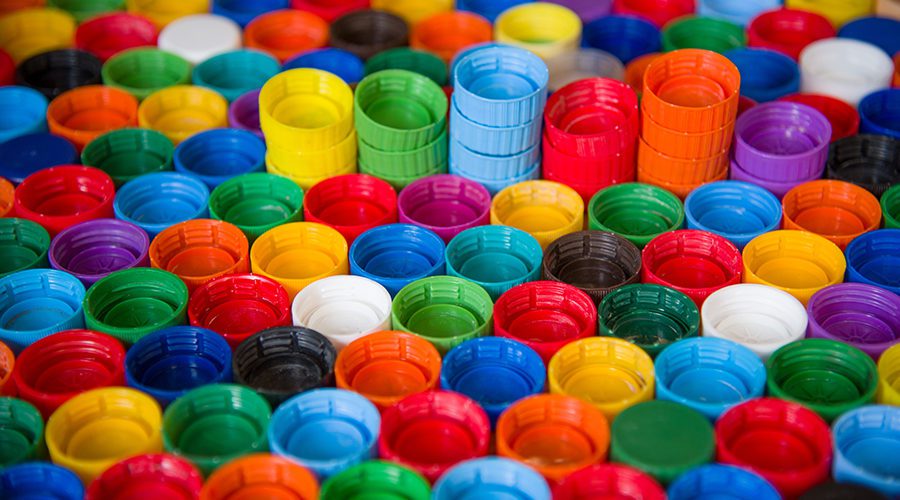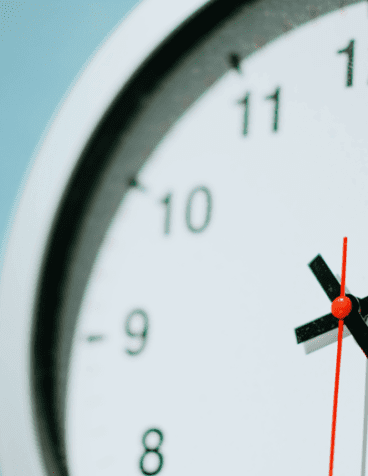Now, more than ever, consumers expect consistency and quality from the products they purchase. Not surprisingly, color is a key player in the quality perception game. Whether it’s a seasonal trend in a retail shop, the perfect coat of paint on a living room wall, or the sleek interior of a luxury car, color matters.
Traditionally, getting color right involves numerous color corrections regardless of the industry and acceptability parameters for the product. In many cases, physical samples are shipped around the globe and in other cases customers require multiple options to make decisions. Each individual sample represents unnecessary water waste, energy consumption and carbon emissions—on a global scale. Beyond the negative environmental impacts, manual color corrections also stall productivity, hamper efficiency and, ultimately, undercut the bottom line.
Datacolor SmartMatch is a technology that transforms the color correction process by improving speed and accuracy and minimizing waste—all without ever compromising on quality.
Why We All Need to Perform Fewer Color Corrections
Across diverse industries, from textiles and cosmetics to plastics and paint, excess color corrections are standing in the way of a streamlined color management process. Speed-to-market pressures, rising costs and myriad other challenges are sending a clear signal: By performing fewer color corrections, we can save time and money. But, what about accuracy?
Time Pressure
In an age when consumers have grown accustomed to getting exactly what they want exactly when they want it—now—time-consuming color corrections are the enemy of an expeditious production cycle. Time pressure kicks in at the outset of the workflow and never lets up; all the while, mistakes lead to more color corrections, which threaten to upend an already-tight timeline. Suppliers and manufacturers are left scrambling in a race against the clock (and their competitors). SmartMatch allows them to keep pace.
Budget Constraints
Likewise, the rising costs of dye and chemicals are rendering it unfeasible to perform multiple rounds of physical color corrections. A digital formulation and approval process can cut the number of required lab samples significantly, making SmartMatch a formidable defender against skyrocketing costs.
What Makes our Match Technology so Smart?
When it comes to formulating color, Datacolor’s patented SmartMatch technology turns an uncertain art into a verifiable science. We all know there are a lot of variables in the process of developing color. For example, in the textile industry, there are variations in the substrate delivery, water quality, dyestuff color strength, dyeing process and more. Or staining wood, there are many different wood species with different absorption properties. Datacolor Smartmatch technology helps to account for most of these variables.
Hitting the Mark
Traditional color formulation software finds the closest color formula in its database and performs a correction based on the way a specific combination of colorants behaves in that formula. While this improves the chances of getting a good color match, the results are limited to a small range of formulas. With this approach, a critical piece of the color puzzle is missing.
Alternatively, SmartMatch considers a broad range of formulas with the correct combination of colors, which increases the accuracy of the first prediction. In fact, SmartMatch can improve a company’s first-shot color match rate by 80 percent.
The Perfect Match
So, how did SmartMatch get so smart? The power of Artificial Intelligence. SmartMatch compares a theoretical recipe with a real-world (dyed) recipe and identifies systematic discrepancies between the two. Using an algorithm, the tool improves recipe prediction and correction capabilities by automatically grouping dyeing information from labs and production sites into populations that account for the myriad factors that affect the dyeing process: the combination of dyestuffs, the substrate, the equipment used, and so on.
When a new recipe is formulated, SmartMatch retrieves this treasure-trove of detail and modifies the concentration of dyestuffs accordingly to deliver a near-perfect prediction. For companies using SmartMatch, the typical number of color corrections performed can be cut in half.
How to Access SmartMatch for your Business
SmartMatch technology is a central feature in Datacolor matching software products that serve a variety of industries. Datacolor Match Textile, aptly named for the textile industry, and Datacolor Match Pigment, designed for several industries, including paint, pigment, plastics, leather, inks and cosmetics, are sophisticated software solutions that formulates color to precise specifications, optimizing color results, streamlining production time, cutting expenses and minimizing environmental impacts.
Balancing Cost and Quality
Perhaps the greatest strength of SmartMatch is its ability to help companies balance quality and cost—without compromising on either. To remain competitive and deliver on consumer demand for quality, suppliers and manufacturers must match a specified color within a tight tolerance window. The SmartMatch color correction feature allows businesses to close the gap on color variations and achieve the lowest possible Delta E—the distance between two colors—without adding costly colorants or resorting to time-intensive manual color adjustments through trial and error.
In addition to saving time and money, the precision of SmartMatch also means businesses can reduce the amount of raw material needed to achieve consistent color by as much as 64 percent.
Case Studies: Perfect Color in the Real World
Automotive
The benefits of Datacolor Matching software span multiple industries. Benecke-Changshun Zhangjiagang Plant of Continental, a leading supplier of automotive interiors, knows color matters when consumers peek inside the vehicles on a showroom floor. Datacolor’s sophisticated matching technology and precise recipe formulation capabilities enable the company to quickly respond to market feedback and adapt to consumer color preferences, all while performing fewer color corrections.
Pigment
For American Colors, a global pigment and dispersion company, color targets can originate from any corner of the globe. Datacolor Match Pigment allows the company to develop precise color formulations that are seamlessly transferred to manufacturing locations around the world. As a result, American Colors can rapidly approve colors and maintains a unified quality control process across multiple regions.
Textile
Thailand-based textile mill Y.R.C. supplies products to global brands like Nike, Adidas, Reebok and Decathlon. Datacolor Match Textile has helped the venerable apparel supplier reduce sample costs, avoid unnecessary dyeing, achieve more first-shot matches and minimize color corrections.
Across diverse industries, Datacolor Matching software helps businesses save time and money, reduce negative environmental impacts, streamline the color management process, cut back on color corrections, and ensure precise color decisions across the supply chain. Whether you’re using software that features SmartMatch or considering integrating our matching technology into your color management system, our dedicated team of experts can assist you in getting the most out of Smartmatch.







